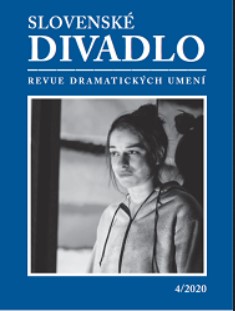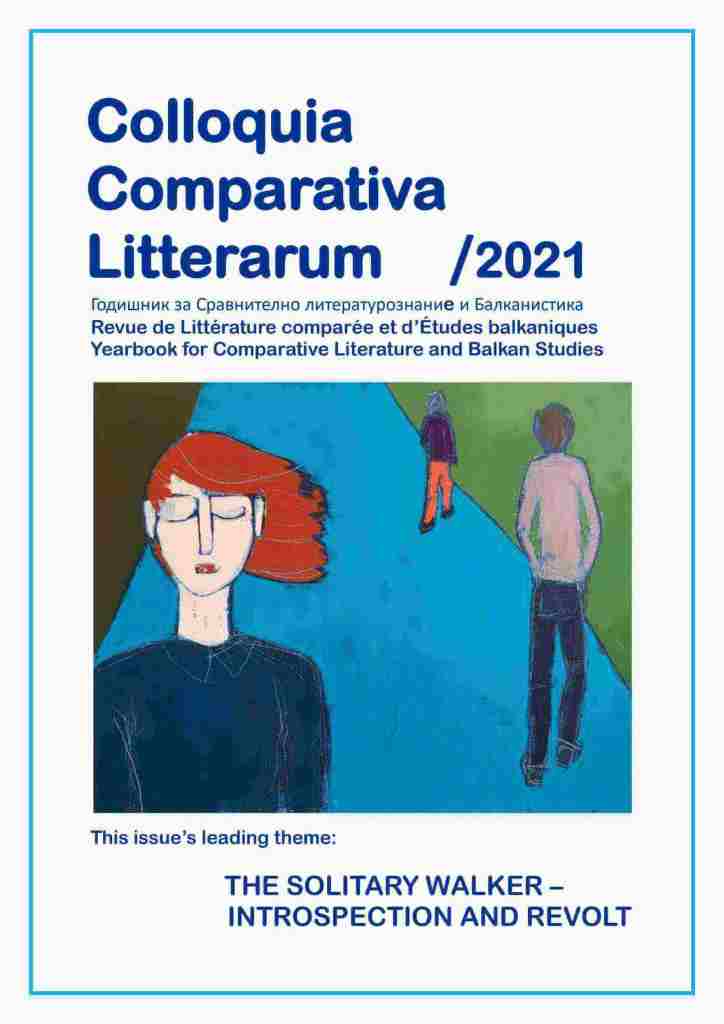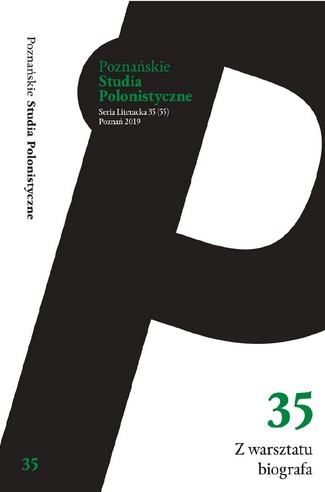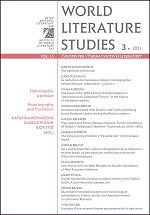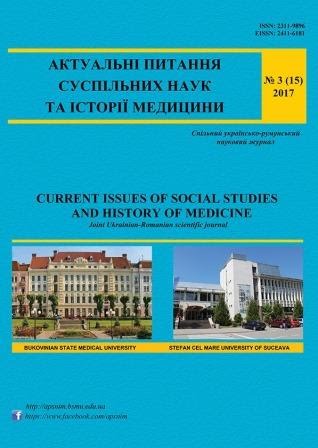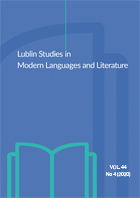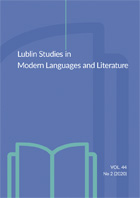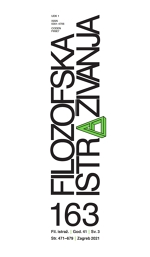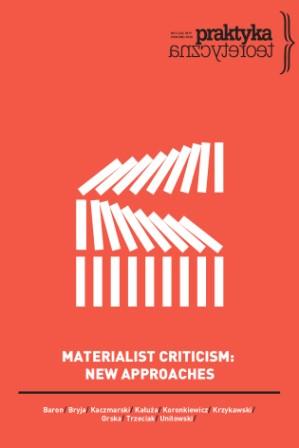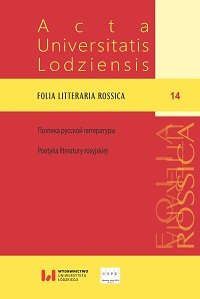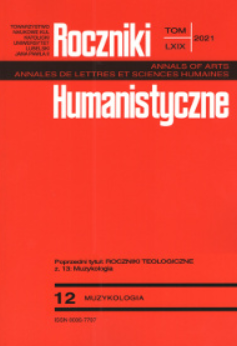Author(s): Andrey Kunarev / Language(s): Russian
Issue: 14/2021
The aim of the paper is to argue that the scene of the poet’s “duel” with the Kalmyk woman he met (not included in the final text of Pushkin’s “A Journey to Arzrum”) most likely has a literary basis rather than being based on reality. The claim is substantiated by an analysis of the texts that reflect the “Kalmyk” episode of Pushkin’s Arzrum journey (“Caucasian Diary”, 1828; “To a Kalmyk Maiden”, 1829), as well as biographical data on the corresponding period. A number of details about the encounter raise doubt as to its “authenticity”, in particular, the climax — a blow with a dombra on the head of a traveler who has tried to kiss the “Circe of the steppe”. Such an encounter between a stranger and a beauty, culminating in the lady-killer receiving an unexpected and often humiliating rebuff, had been a subject depicted by such eminent writers as Voltaire (the poem The Maid of Orleans, 1762) and Shakespeare (The Taming of the Shrew, 1590–1592). From the late 1810s to 1830, Pushkin himself repeatedly presented such “duels” (in the poems Ruslan and Lyudmila and “Count Nulin”, in his “Caucasian Diary” and the story “The Lady Rustic”). A connection of particular interest is that with Cinq-Mars ou Une conjuration sous Louis XIII by Alfred de Vigny (1826), mentioned in the epistle “To a Kalmyk Maiden”. This novel, mediocre but once very successful, contains a pivotal episode in which the title character punishes an “unjust judge” by hitting him on the head with a red-hot crucifix. A number of inconsistencies, however, turn the scene into a farce against the author’s intention. In “To a Kalmyk Maiden”, de Vigny is contrasted with Shakespeare, who consciously sought a comic effect by having Katherine break a lute on the head of an unwelcome teacher. In Pushkin’s text the scene in the kibitka contains a number of unmistakable references to The Taming of the Shrew. Furthermore, the use of biographical data allows the author of the paper to identify a number of semantic nuances in the epistle “To a Kalmyk Maiden” that have not been noticed earlier by researchers.
More...

